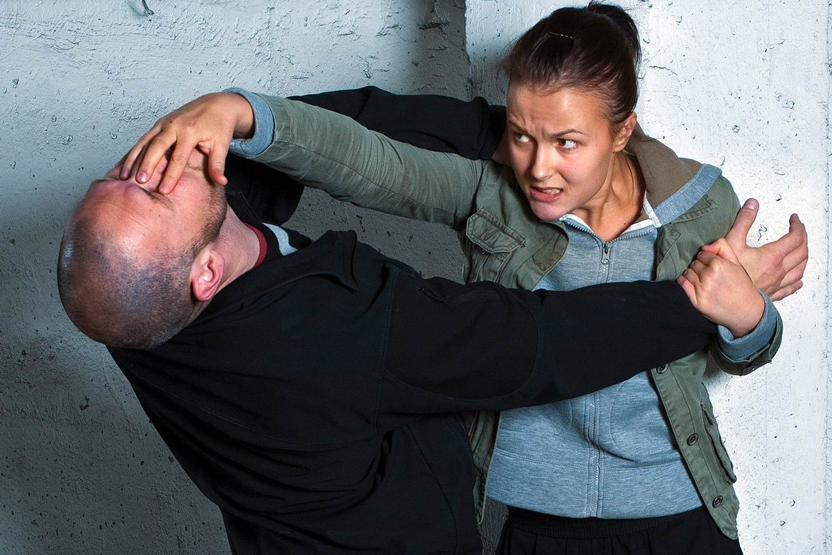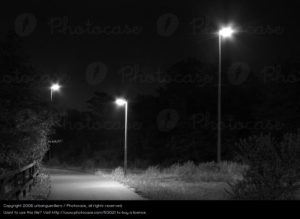The Difference between Self Defence and Self-protection.
Many self-defence programs focus on just learning to escape an attack, this in truth could be too late.
“Self-protection” is doing everything possible to prevent becoming a victim of an attack.
“Self Defence” is reacting to an assault made against you.
Most Self-defences classes teach the student in the wrong order. They’ll teach you how to escape a typical attack, say a side headlock. The show you the ABC move of escaping this. In truth the best defence against it is, don’t! Let anyone put you in a headlock. Seems logical right!
This is self-protection skills come into play; you essentially become your own bodyguard.
If you think back to when you were a child I bet you new when your parent’s mood was not approachable. You waited for a better time to ask for something.
That’s because you sensed the feeling in the air, your parent’s voice toned, body language told you a story.
This is no different to street self-defence. You just have to be alert, aware of your surroundings. Think of it like setting off in your car, the moment you strap your seat belt on and slowly move off, you’re looking around, observing ahead for potential pedestrians, and mentoring traffic lights and cars brake lights.
This is the same when you leave your home. As soon as you leave you should be aware, not fearing the world, just be aware of possible danger, not walking around with your head down typing on your phone or listening to music.
Once your home again you can let your guard down a lot more and relax.
Here’s a scenario;
Your walking on the pavement down a quiet road, you see up ahead a group of young men aged around 18-25 years old. There’s something about them you don’t like, they’re looking around, being shifty, maybe taking up the whole pavement.
Now our ego may say, “If they try anything I’ll let them have it” However you don’t know whether they are armed or not!
A simple Self-protection skill would be to cross the road to the other side. Now if the group of young men also cross over you now know for sure they’ve targeted you for something. You can now make the sensible choice or turning around and walking back the way you came.
Remember you spotted them from a distance so you have plenty of time to make an escape.
This is the first step in Self Defence training, What I call Self-protection because you are learning how to keep as safe as possible, avoiding dangerous situations or learning how to act first!
The Self Defence part comes in when everything has gone wrong, your surprised.
This is where learning how to use your own body as a weapon becomes a must! Learning how to target vulnerable target areas of the assailant’s body to aid your escape
These are skills you ‘ll learn from dedicated weekly Self-defence classes to keep your skills sharp!
10 Quick guides to help you stay safer.
- Walk tall and confident; potential assailants look for those who look like easy prey, unaware and less of a threat to them. Your body language tells a lot
- Runners; If you are a morning jogger change your route up.
- Winter months; During the darker months of the year avoid taking unlit shortcuts, stick to the well lit main footpath. When approaching streets corners check for shadows, this will alert you early to someone been around the corner.
- Park your car in a well-lit area of the park car park; At supermarket’s car parks stay as close the main entrance as possible
- Be alert at cash points, when all possible use a cash point inside a When not possible check around to see if anybody is loitering, keep checking around at all times, when in doubt don’t be scared to cancel the transaction and try again at another point
- On public transport sit as close to the bus driver as possible. On the underground /metro if you feel uncomfortable in your current carriage, take a step off at the next stop and change carriages.
- Your bag; when walking pass someone place your bag on the opposite side of you to them. To avoid an opportunist to snatch your bag.
- Walk wide on corners; when approaching a corner on the street, step out wide, this allows you to see what’s around the bend.
- You’re lost; When in a strange city and you find yourself needed directions, try to find a local business, shop.
- Public toilets for men; If you don’t have a friend to watch your back, use a stale, your then able to lock the door, no one can rush up behind you.
There are many more great self-protection skills and I hope this has given you some food for thought to help keep you, your family, your loved ones safe.
Stay Safe;
Sensei Darren



